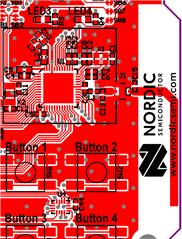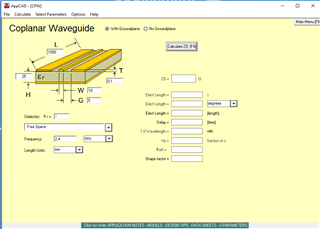I want to create a small bluetooth device with the nrf52823 chip. I want to use a lithium battery cell to power the whole circuit and therefore it neet to be low power. On the chip, there are two inputs: one button and the battery voltage detector. There is also a buzzer connected to the chip via a 28v boost circut. I created a schematic with easyeda, but I dont kow if I designed it propertly. Here are my questions:
- does the circuit look right?
- did I pick the right parts?
- am I able to programm the custom board via the DCLK and SWDIO pins through the nrf52 dk?
- does the battery need a seperate protection circuit?
- how do I design the nrf and ble antenna?
Schematic_Beep Wallet_V3.2_20191120173356.pdf
BOM_Beep Wallet_20191120173443.csv
Thank you in advice
Jonas




